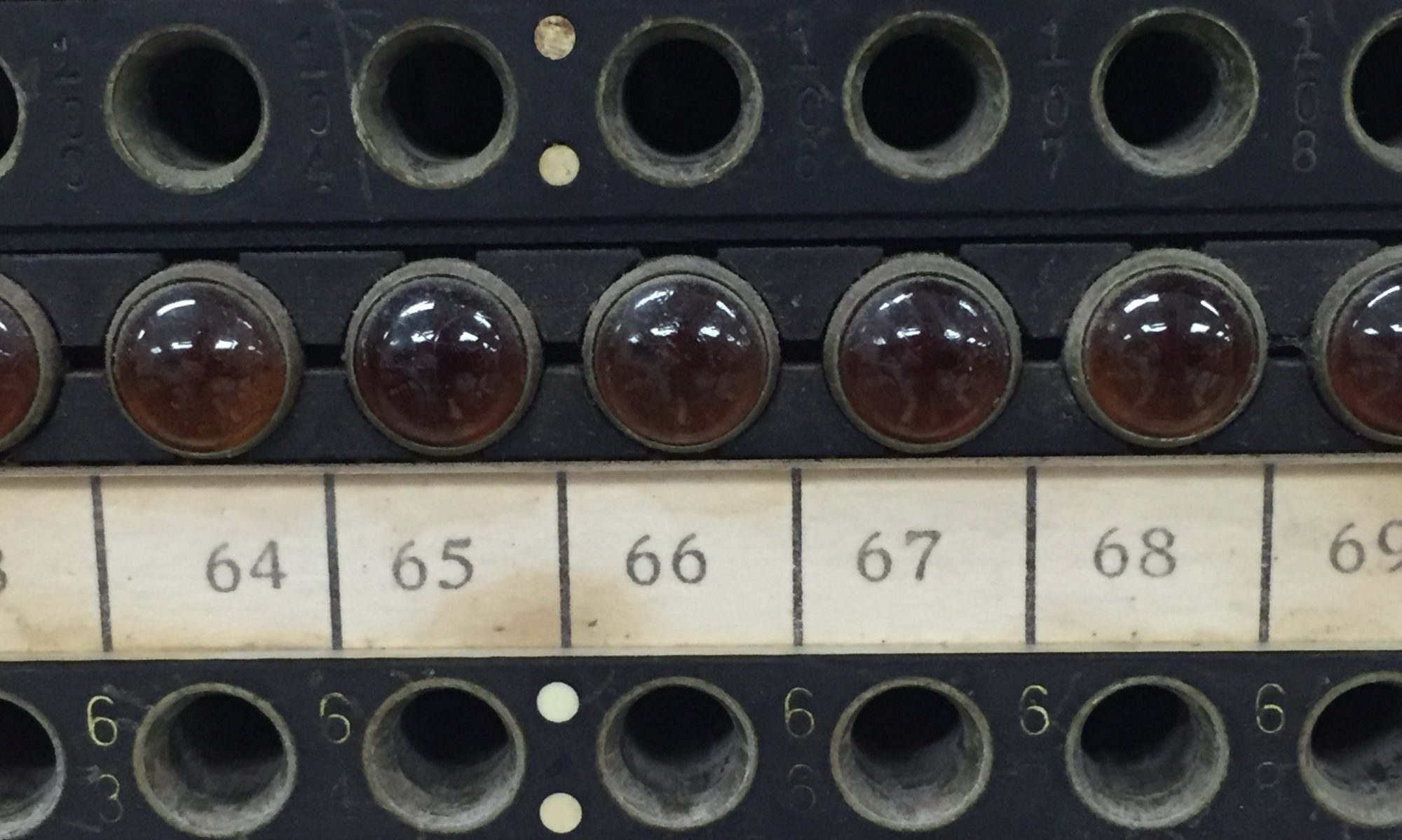After watching a CuriousMarc’s series of videos restoring a Model 19 Teletype on Youtube, I HAD to have one. As someone who has an unexplained penchant for vintage stuff, technology, and steampunk (like?) aesthetics, this not only checks the boxes, it hammers them home!
Truth be told, when everything hit the fan earlier this year, I honestly stopped looking for any new projects or collectibles. I already have enough as it is, and figured this “time off” would give me a chance to sort out what I have, complete some projects, and clean house a bit. I wish all that happened, but it’s uhh, been a slow process.
Anywhoo…I’ve been keeping my ears open for a Teletype 15 or 19. The 19 is a Military “set” of items: a Teletype model 15, a model 14 transmitter/distributor, and a desk with about 45 miles of wiring in it), whereas the 15 is simply the Teletype itself. Fast forward to last week, where someone on a mailing list offered up a 19 for anyone who’d come pick it up, and lo and behold, they were barely 10 minutes away! Naturally I jumped at the opportunity, and now have a Teletype Model 19.

As you can see, there’s a lot to look at! It’s truly amazing how many moving parts this has, and to think how someone would even begin to design something like this, let alone back in the oh….1930s! That’s before computers, before CAD, and anything else we have today. Watching these things run is a show in itself and equivalent to the old-school Nickelodeons of yesteryear. It’s a shame modern devices can’t visualize how much work is really being done like these older gadgets do.
Although you do see a handful of wiring and switches, keep in mind these machines are mostly mechanical. The wiring simply routes the signals and turns various functions off and on, but most data processing is mechanical! It uses the 5-bit “baudot” system that many Teletypes used, before the 8 (7?) bit Teletype Model 33 that came out in the 60s, and the data “bits” are bussed via rods and levers, and not via wires (at least after the selector magnet). The transmitter/distributor takes paper tape that the model 19 can punch, and transmits out the bits one at a time, literally by a circular wiper that selects each bit. More on that later!
I’m already overwhelmed in terms of where to even begin with this; I already started re-watching Marc’s series to get some pointers, and started cleaning up some loose bits of paper and debris out of the mechanisms, and next step is to bust out the air compressor and clean the pounds of dust out next, especially in the keyboard. After that maybe we’ll do a test drive before likely starting the long, tedious process of scrubbing everything down and re-lubricating it all. It’s worth it though!
Overall it’s actually in GREAT shape for being about 76 years old, although the character counter seems to have gotten an aluminum cover replacement over time, which someone did a -really-nice job on, however I’ll have to see if I can find an original cover for it again.

I did find a date stamp for uhh, fungus treatment (cuz we all hate Athlete’s Teletype) in 1944, which means this machine likely had WW2 duties.
Anyhow, enjoy a few pics, and stay tuned for further updates!







